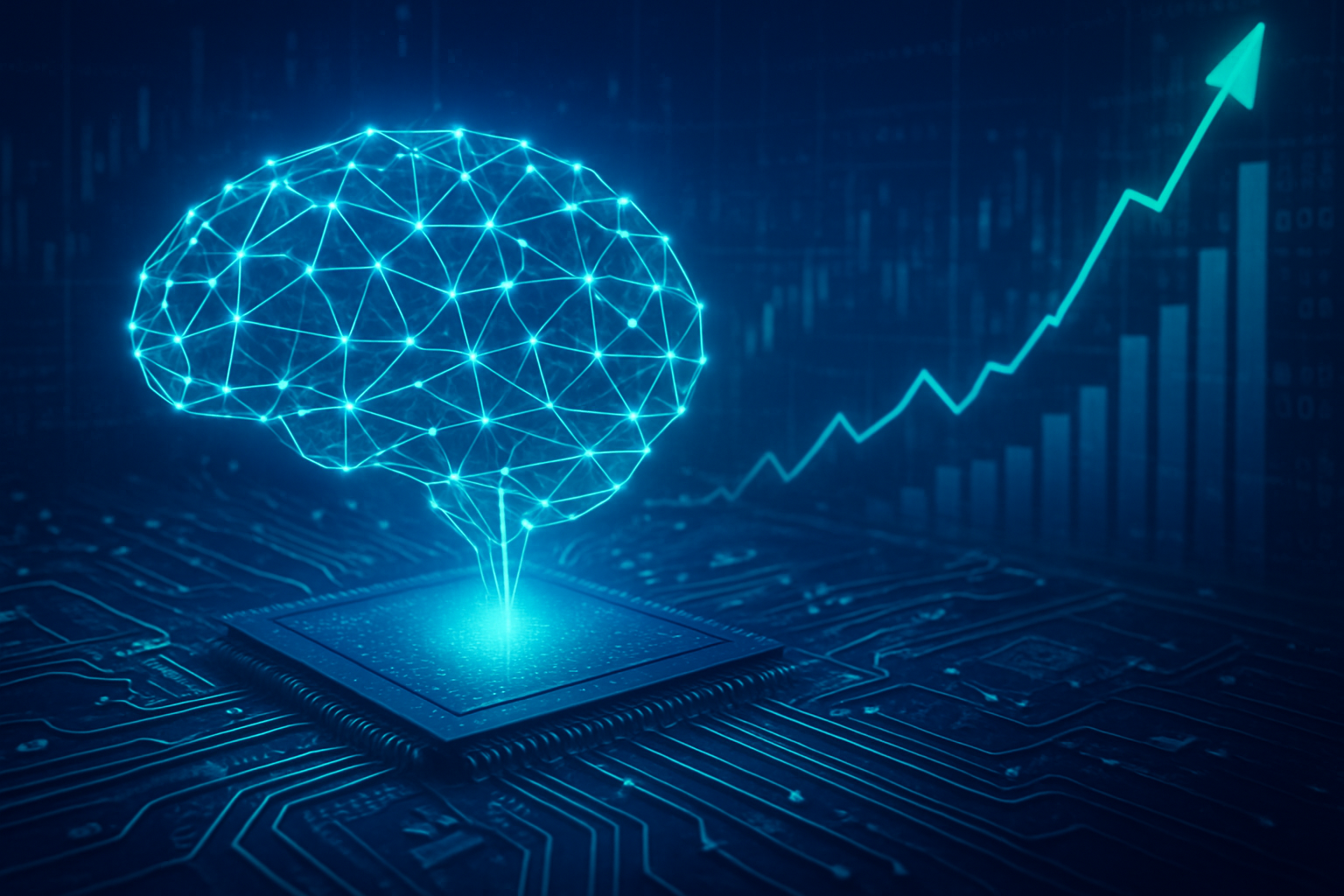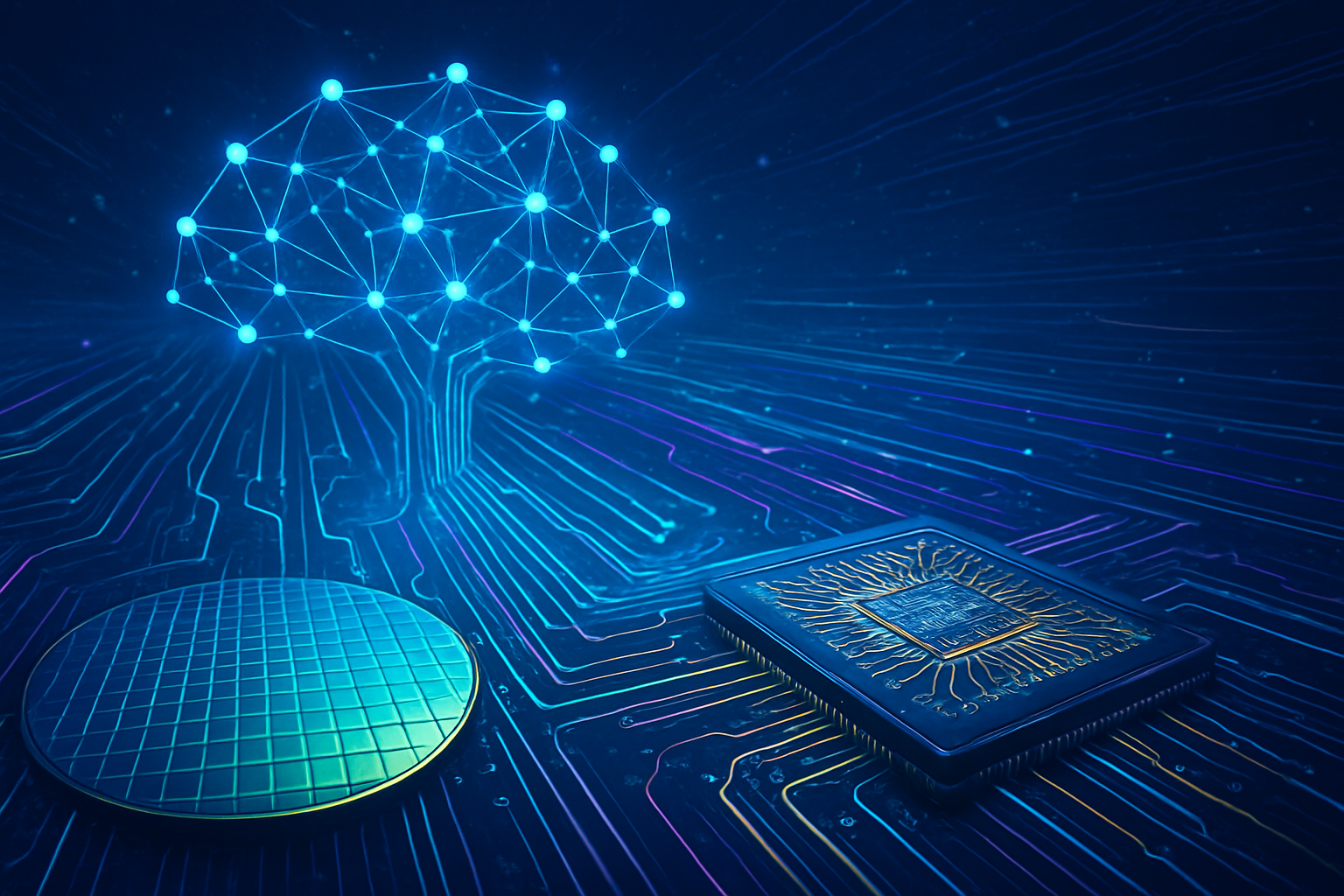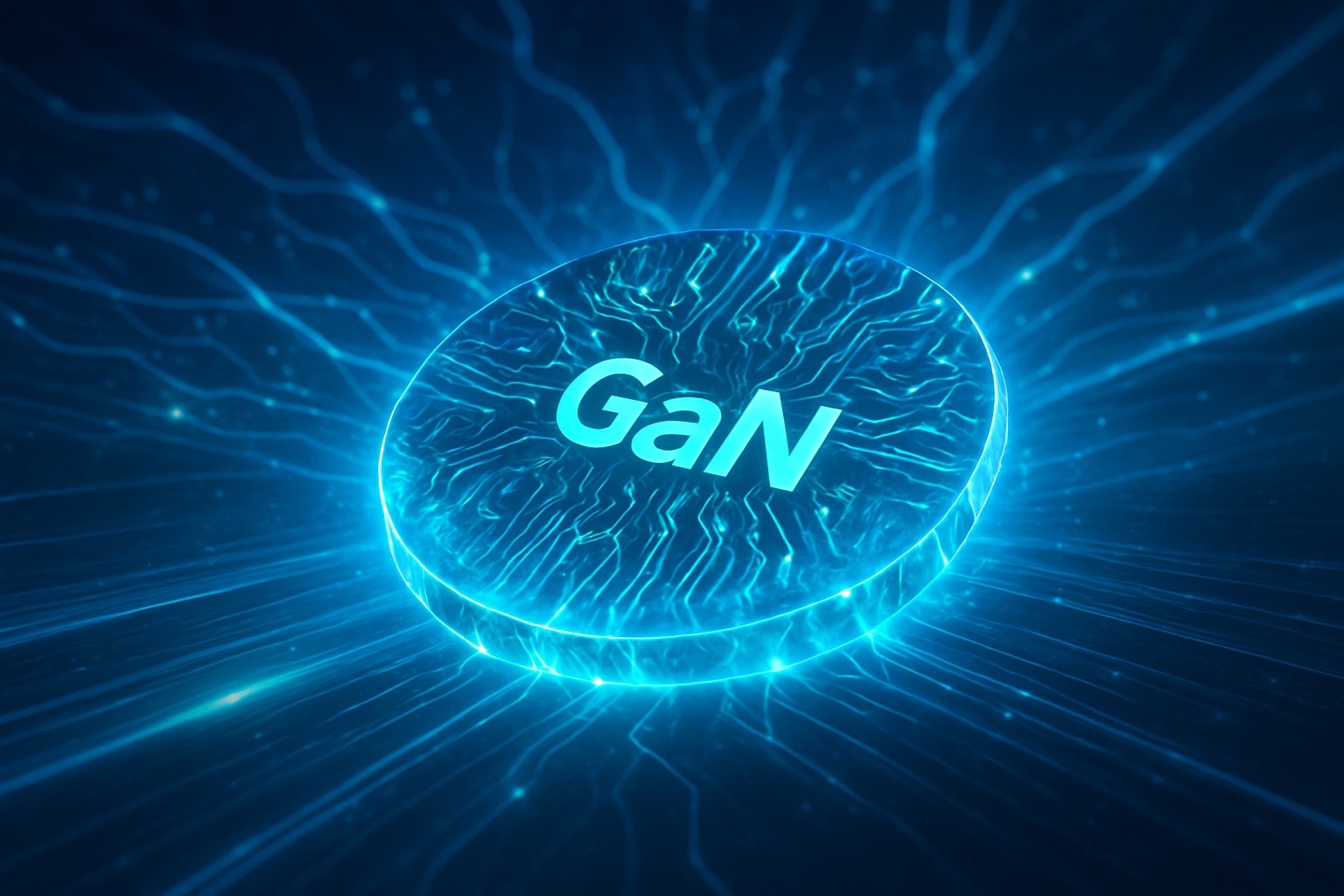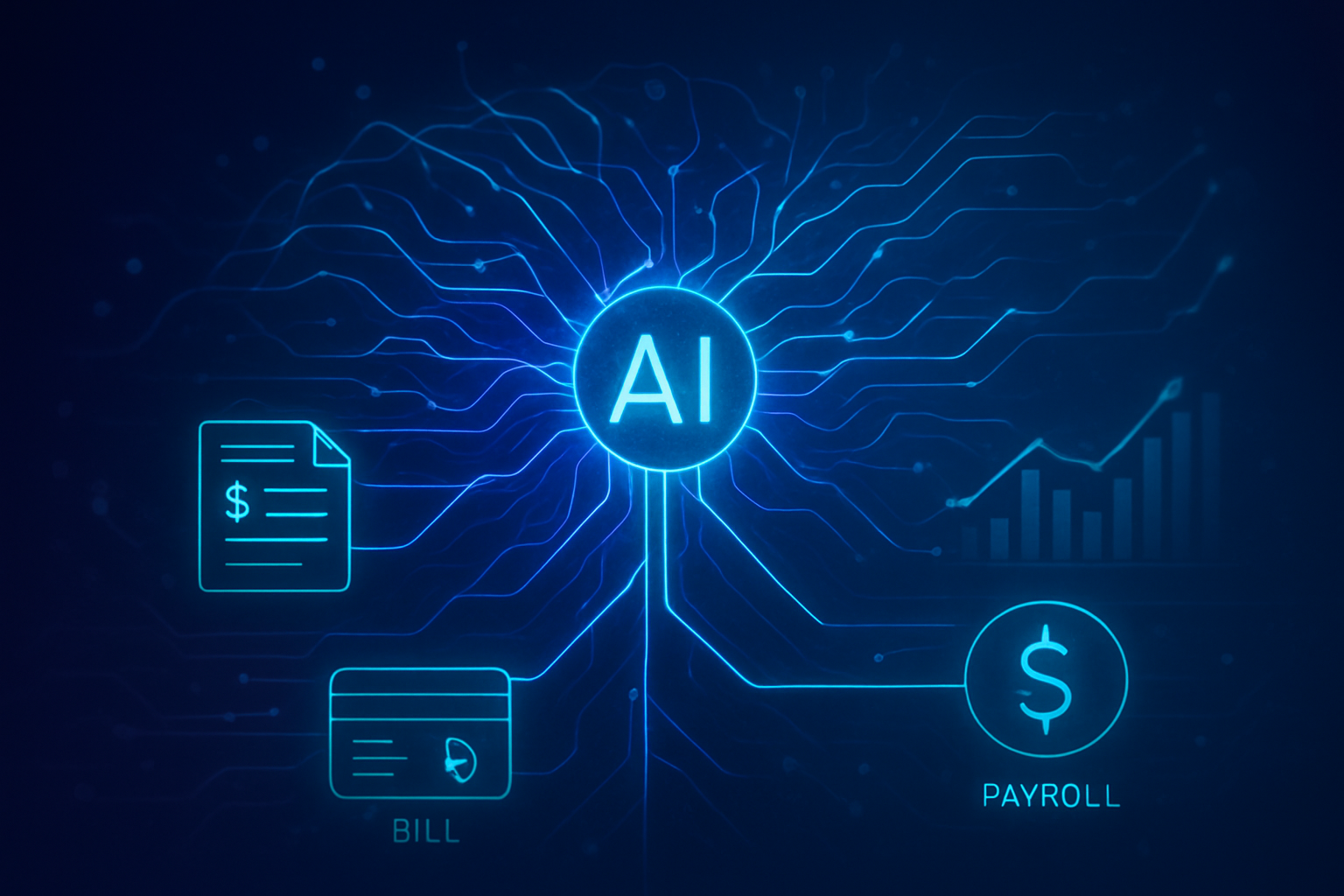UBS Group has subtly shifted its outlook on indie Semiconductor (NASDAQ: INDI), raising its price target from $4.50 to $5.00. This adjustment, while modest and accompanied by a maintained "Neutral" or "Hold" rating, signals a nuanced perspective from the financial giant. It suggests a cautious optimism regarding indie Semiconductor's long-term potential within the burgeoning automotive technology sector, even as the company navigates immediate operational headwinds. For the broader market, this move highlights the ongoing investor focus on companies poised to capitalize on the profound transformation occurring in vehicle intelligence and autonomy.
Navigating the Future: indie Semiconductor's Core and the ADAS Frontier
The rationale behind UBS's revised price target hinges on a careful evaluation of indie Semiconductor's strategic positioning and technological prowess, balanced against temporary market challenges. UBS acknowledges that indie Semiconductor has been grappling with short-term supply chain disruptions, impacting recent earnings reports. However, these are largely viewed as transient obstacles, with significant earnings improvement not anticipated until late 2026. Crucially, the firm noted stable trends in indie Semiconductor's core operations and its advanced driver-assistance systems (ADAS) segment, underscoring a belief in the company's fundamental strength in critical growth areas.
indie Semiconductor is firmly entrenched at the forefront of the "Autotech revolution," specializing in next-generation automotive semiconductors and software platforms. Its core differentiation lies in its comprehensive portfolio of edge sensors for ADAS, encompassing critical technologies such as LiDAR, radar, ultrasound, and computer vision. These are not merely incremental improvements but foundational components for the development of fully electric and autonomous vehicles, representing a significant departure from traditional automotive electronics. The company is strategically shifting its revenue focus from legacy infotainment systems to the high-growth ADAS sector, with ADAS projected to constitute 66% of its estimated revenue in 2025. This pivot positions indie Semiconductor to capture a substantial share of the rapidly expanding market for automotive intelligence.
The company's product suite is extensive, including vision and radar processors, in-cabin wireless charging, USB power delivery, device interfacing for platforms like Apple CarPlay and Android Auto, and high-speed video and data connectivity. These solutions seamlessly integrate analog, digital, and mixed-signal integrated circuits (ICs) with embedded software. A notable strategic move was the acquisition of emotion3D, an AI perception software specialist, which is expected to expand indie Semiconductor's footprint into high-margin automotive software, opening a significant total addressable market. As an approved vendor to Tier 1 automotive suppliers, indie Semiconductor's technologies are integrated into vehicles from leading global manufacturers. Looking ahead, the company is set to commence shipping a crucial corner radar sensor in the fourth quarter of 2025, with a substantial increase in production slated thereafter, signaling tangible future growth drivers.
Competitive Dynamics and Market Disruption in the AI-Driven Automotive Sector
UBS's adjusted price target for indie Semiconductor, while conservative compared to the broader analyst consensus of a "Strong Buy," underscores the company's strategic importance in the evolving AI and semiconductor landscape. Companies like indie Semiconductor, specializing in edge AI and sensor fusion for ADAS, stand to significantly benefit from the accelerating demand for smarter, safer, and more autonomous vehicles. This development primarily benefits automotive OEMs and Tier 1 suppliers who are integrating these advanced solutions into their next-generation vehicle platforms, enabling features ranging from enhanced safety to fully autonomous driving capabilities.
The competitive implications for major AI labs and tech giants are multifaceted. While many tech giants like NVIDIA (NASDAQ: NVDA) and Intel (NASDAQ: INTC) with its Mobileye (NASDAQ: MBLY) subsidiary are developing powerful central processing units (CPUs) and graphics processing units (GPUs) for autonomous driving, indie Semiconductor's focus on specialized edge sensors and integrated solutions provides a complementary, yet distinct, advantage. Their expertise in specific sensor modalities (LiDAR, radar, computer vision) and the associated analog/mixed-signal ICs allows for highly optimized and power-efficient processing at the sensor level, reducing the burden on central compute platforms. This could disrupt existing products that rely solely on brute-force central processing by offering more distributed, efficient, and cost-effective solutions for certain ADAS functions.
For startups, indie Semiconductor's trajectory highlights the potential for focused innovation in niche, high-growth segments of the AI hardware market. Their strategic acquisitions, like emotion3D, demonstrate a proactive approach to expanding their software capabilities and addressable market, setting a precedent for how specialized hardware companies can integrate AI software to offer more comprehensive solutions. The market positioning of indie Semiconductor, with its deep relationships with Tier 1 suppliers, provides a significant strategic advantage, creating high barriers to entry for new competitors in the highly regulated and capital-intensive automotive sector.
Broader Implications for the AI and Semiconductor Landscape
The UBS price target adjustment for indie Semiconductor, even with its cautious tone, fits squarely within the broader AI landscape's trend towards specialized hardware for edge computing and real-world applications. As AI models become more sophisticated and pervasive, the demand for dedicated, power-efficient processing units at the "edge"—i.e., directly within devices like autonomous vehicles—is skyrocketing. indie Semiconductor's focus on ADAS sensors and processors is a prime example of this trend, moving AI computation closer to the data source to enable real-time decision-making, crucial for safety-critical applications in automotive.
This development underscores the increasing segmentation of the semiconductor market, moving beyond general-purpose CPUs and GPUs to highly specialized Application-Specific Integrated Circuits (ASICs) and System-on-Chips (SoCs) tailored for AI workloads. The impacts are profound: it drives innovation in low-power design, accelerates the development of advanced sensor technologies, and pushes the boundaries of real-time AI inference. Potential concerns, however, include the intense competition in the automotive semiconductor space, the capital-intensive nature of design and manufacturing, and the inherent volatility of the automotive market. Furthermore, the long development cycles and stringent validation processes for automotive-grade components can be challenging.
Comparing this to previous AI milestones, indie Semiconductor's progress, alongside similar companies, represents a crucial step in democratizing advanced AI capabilities. While earlier milestones focused on breakthroughs in AI algorithms (e.g., deep learning advancements) or massive cloud-based AI training, the current phase is heavily focused on deploying these intelligent systems into the physical world. This requires robust, reliable, and energy-efficient hardware, which companies like indie Semiconductor are providing. Their upcoming corner radar sensor launch in Q4 2025 is a tangible example of how these specialized components are moving from R&D to mass production, enabling the next generation of intelligent vehicles.
The Road Ahead: Future Developments and Expert Predictions
The future for indie Semiconductor and the broader automotive AI market is poised for significant evolution. In the near-term, the successful launch and ramp-up of their crucial corner radar sensor in Q4 2025 will be a critical milestone, expected to drive substantial revenue growth. Beyond this, continued investment in research and development for next-generation LiDAR, radar, and computer vision technologies will be essential to maintain their competitive edge. The integration of advanced AI perception software, bolstered by acquisitions like emotion3D, suggests a future where indie Semiconductor offers increasingly comprehensive hardware-software solutions, moving up the value chain.
Potential applications and use cases on the horizon extend beyond current ADAS features to fully autonomous driving levels (L4 and L5), advanced in-cabin monitoring systems, and vehicle-to-everything (V2X) communication, all requiring sophisticated edge AI processing. Challenges that need to be addressed include navigating global supply chain complexities, managing the high costs associated with automotive-grade certification, and continuously innovating to stay ahead in a rapidly evolving technological landscape. Furthermore, achieving consistent profitability, given their reported operating and net losses, will be a key focus.
Experts predict a continued surge in demand for specialized automotive semiconductors as electric vehicles (EVs) and autonomous features become standard. The trend towards software-defined vehicles will further emphasize the importance of integrated hardware and software platforms. Analysts forecast significant growth in indie Semiconductor's earnings and revenue, indicating a strong belief in their long-term market position. The coming years will likely see further consolidation in the automotive semiconductor space, with companies offering robust, integrated solutions gaining significant market share.
Wrapping Up: A Glimpse into the Future of Automotive Intelligence
UBS Group's decision to increase indie Semiconductor's price target, while maintaining a "Neutral" rating, provides a valuable snapshot of the complexities and opportunities within the AI-driven automotive sector. It underscores a cautious yet optimistic view of a company strategically positioned at the nexus of the "Autotech revolution." The key takeaways are indie Semiconductor's strong technological foundation in ADAS edge sensors, its strategic pivot towards high-growth segments, and the potential for significant long-term revenue and earnings growth despite immediate operational challenges.
This development's significance in AI history lies in its representation of the crucial shift from theoretical AI advancements to practical, real-world deployment. Companies like indie Semiconductor are building the hardware backbone that enables AI to move vehicles safely and intelligently. The long-term impact will be a transformation of transportation, with safer roads, more efficient logistics, and entirely new mobility experiences, all powered by advanced AI and specialized semiconductors.
In the coming weeks and months, investors and industry watchers should closely monitor indie Semiconductor's execution on its upcoming product launches, particularly the corner radar sensor, and its ability to navigate supply chain issues. Further strategic partnerships or acquisitions that bolster its AI software capabilities will also be key indicators of its trajectory. As the automotive industry continues its rapid evolution towards autonomy, companies like indie Semiconductor will play an indispensable role in shaping the future of mobility.
This content is intended for informational purposes only and represents analysis of current AI developments.
TokenRing AI delivers enterprise-grade solutions for multi-agent AI workflow orchestration, AI-powered development tools, and seamless remote collaboration platforms.
For more information, visit https://www.tokenring.ai/.








